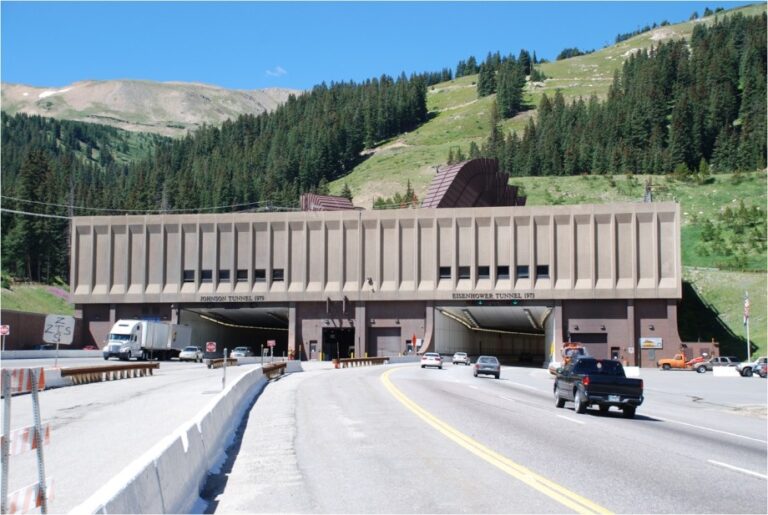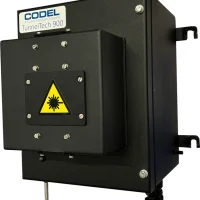Worldwide Support
Over 25 distributors and support centres worldwide
Flexible maintenance contracts
Tailor made plant specific contracts with 24Hr Support
30 years experience
Developing, manufacturing and installing
Benefits of Tunnel Emission Monitoring: A Breath of Fresh Air

Tunnels are marvels of engineering, providing efficient routes for transportation in congested urban areas and challenging terrains. However, the confined spaces within tunnels often result in the concentration of harmful emissions from traffic. To address this issue, tunnel emission monitoring has emerged as a critical practice. In this blog, we’ll delve into the advantages of monitoring tunnel emissions, including improved air quality, regulatory compliance, and the reduction of health risks for tunnel users and nearby residents, with real-world examples to illustrate these benefits.
Improved Air Quality
Real-Time Data for Prompt Action
Optimized Ventilation Systems
Monitoring data helps operators optimize tunnel ventilation systems to efficiently disperse pollutants. This not only ensures better air quality but also reduces energy consumption, making tunnels more eco-friendly.
Example: The Mont Blanc Tunnel, connecting France and Italy, uses emission monitoring data to adjust its ventilation system, reducing energy consumption by 25% and improving air quality inside the tunnel.

Photo prise par François Trazzi – From WikiFR – CC BY-SA 3.0
Regulatory Compliance
Meeting Strict Emission Standards
Demonstrating Accountability
Effective emission monitoring demonstrates the commitment of tunnel operators to environmental responsibility and public safety, strengthening public trust and compliance with regulations.
Example: The Eisenhower/Johnson Memorial Tunnel in Colorado, USA, is equipped with emission monitoring systems to show compliance with air quality regulations, assuring the public of their safety.

Patrick Pelster (selbst fotografiert) – CC BY-SA 3.0
Reduction of Health Risks
Protecting Public Health
Emission monitoring plays a crucial role in safeguarding the health of tunnel users and nearby residents. High levels of pollutants can lead to respiratory problems and other health issues.
Example: The Caldecott Tunnel in California is a testament to the health benefits of emission monitoring. Continuous air quality monitoring in the tunnel has resulted in decreased health risks for the 160,000 people living nearby, as emissions are consistently kept within safe limits.
Tunnel emission monitoring is not merely a technical requirement; it’s a practice that brings about real and significant benefits. Improved air quality, regulatory compliance, and the reduction of health risks for tunnel users and nearby residents are pivotal in creating safer, healthier, and more sustainable tunnel environments.
The TunnelTech 305 Air Flow Monitor, is an essential part of any road or rail tunnel safety system. Firstly, it monitors the air flow measurement as well as the direction of flow inside the tunnel.
The TunnelTech 700 Air Quality Monitor, is an essential part of any road or rail tunnel safety system. Firstly, it monitors the atmosphere within the tunnel and ensures that the tunnel ventilation system provides sufficient clean air
The TunnelTech 900 is an all-in-one Visibility and air quality monitor based on backscatter light measurement technology for visibility and electrochemical cell technology for gas measurements.
The TunnelTech 400 analyser electrochemical cell technology determines CO, NO NO2, SO2 or O2 concentrations. With no moving parts, reliability levels are extremely high and maintenance requirements are very low.





